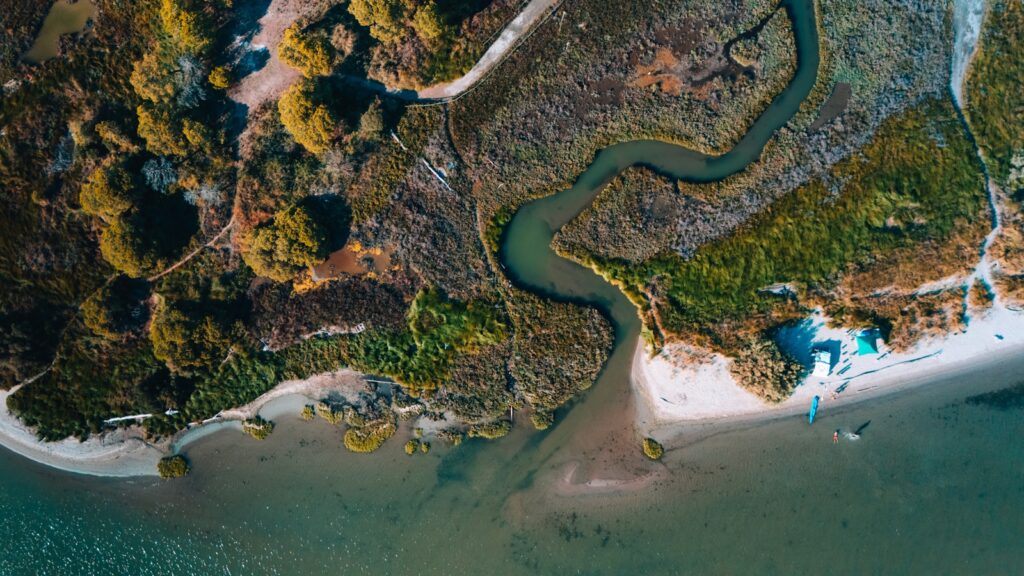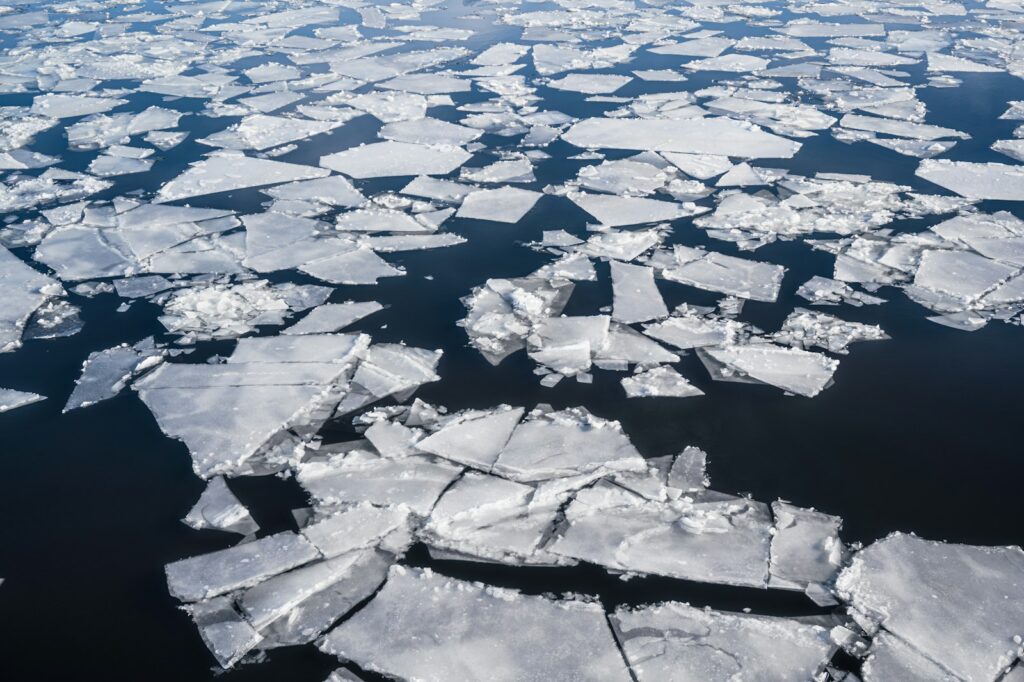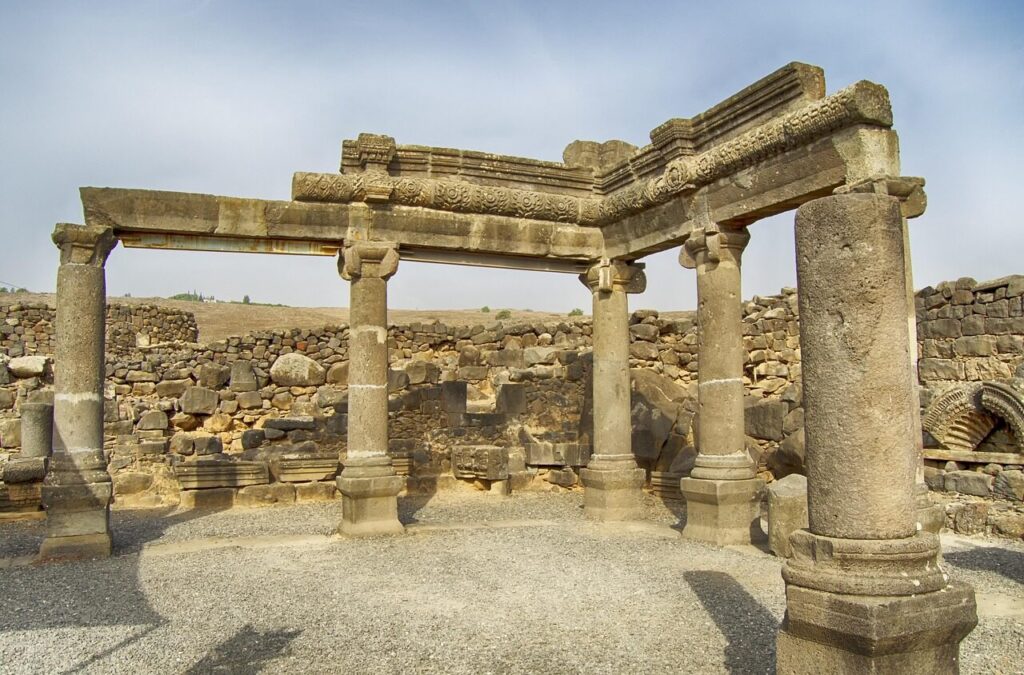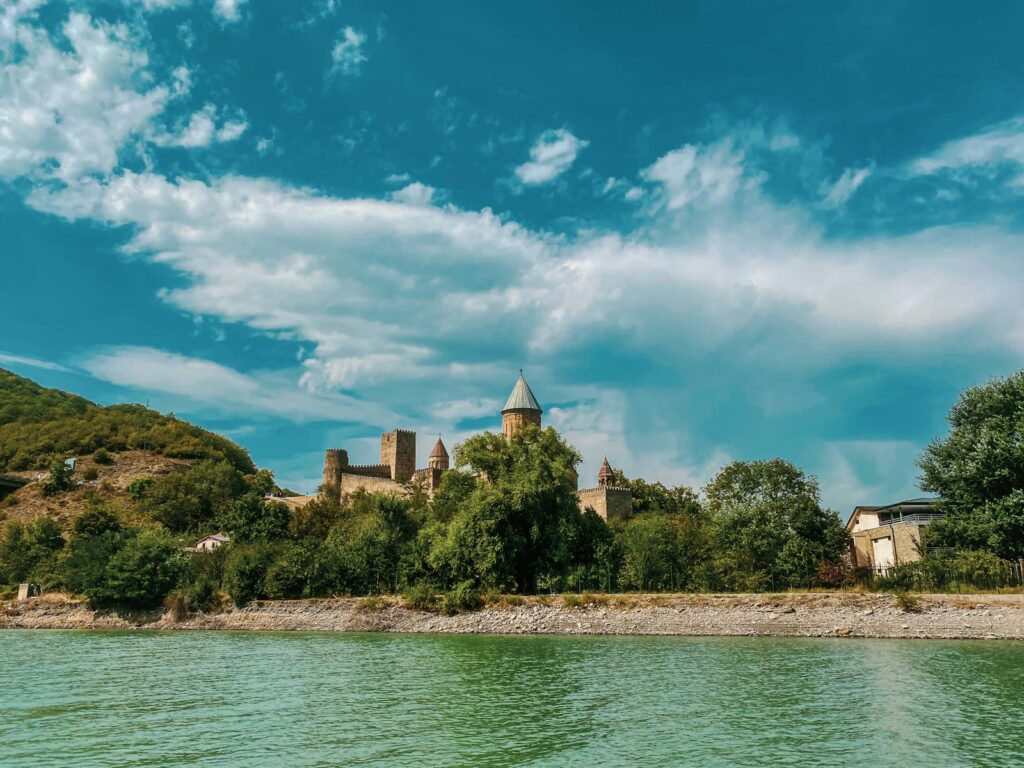For centuries, the story of Jesus walking on water has inspired awe and faith, yet skeptics have often questioned its possibility. Now, a surprising blend of historical investigation and modern science offers fresh insight. A coastal archaeology team, supported by climate researchers, has pieced together clues suggesting that this biblical event may not be pure legend. Their findings draw from ancient records, geological evidence, and firsthand observations of the Galilee region to explore how nature and history might have converged to create an extraordinary moment that eyewitnesses later described as a miracle.
1. Ancient Texts Provide Unexpected Clarity

The researcher began by examining early Greek manuscripts of the Gospel of Matthew, carefully noting subtle language differences. Several passages describe the event in terms that match localized weather phenomena known in first-century Galilee. By cross-referencing these texts with other Jewish and Roman accounts, the team found surprising consistency in the timing and location of the story. Rather than depicting a vague myth, these records place Jesus and his disciples at a specific part of the Sea of Galilee, lending credibility to the idea that something unusual but natural may have occurred there.
2. Mapping the Shoreline’s Hidden Changes

Using high-resolution satellite imagery and ancient maps, the researcher traced shifts in the Sea of Galilee’s shoreline over two thousand years. Geological surveys revealed sandbars and submerged ridges that periodically emerge during severe droughts. In some seasons, these formations create nearly invisible paths just below the water’s surface. If such a ridge appeared after a sudden windstorm, it might explain how someone could appear to walk on water. The detailed reconstruction shows how the lake’s depth, combined with dramatic water-level fluctuations, could create illusions powerful enough to inspire lasting wonder.
3. Climate Data Offers a Critical Clue

To test this idea, the team analyzed sediment cores from the region, revealing a period of sharp cooling around the time the Gospels were written. Cooler temperatures, combined with sudden storms, could produce a thin crust of ice near the lake’s edges, a rare but not impossible occurrence. Although the Sea of Galilee rarely freezes today, paleoclimate models show that brief icy conditions might have appeared during unusually cold years. Such a natural phenomenon would have astonished first-century observers and perfectly matched the narrative of a miraculous event unfolding on turbulent waters.
4. Archaeological Evidence Around Capernaum

Excavations near the ancient town of Capernaum uncovered remnants of harbors and fishing equipment dating back to the exact period described in the Gospels. These finds confirm that the lake supported bustling activity and that Jesus often traveled across it with his followers. Wooden docks extended far into shallow zones, sometimes over hidden sandbars. Witnesses watching from the shore at night might have easily misread the scene. These physical remains bridge scripture with reality, showing how ordinary fishing routes could intersect with extraordinary perceptions, giving birth to a story that felt divine.
5. Eye-Witness Psychology and Perception

Modern psychology explains how fear, darkness, and stress can heighten human perception. If the disciples were already anxious from a storm, their eyes and minds were primed for astonishment. The researcher highlights that low-light conditions over rippling water distort depth cues, making a figure on a shallow ridge appear to stand directly on the waves. Combined with emotional tension and deep reverence for their teacher, the disciples could genuinely believe they were seeing Jesus defy nature. Such moments illustrate how sincere experiences of the miraculous can arise from perfectly natural conditions.
6. Jewish and Roman Historical Records

Outside biblical texts, Roman administrators and Jewish historians such as Josephus documented unusual weather around Galilee during the early first century. Their notes mention sudden squalls, chilling winds, and unexpected temperature drops that fit the timeframe of the Gospel story. While none explicitly describe Jesus walking on water, these independent reports confirm the region’s volatile climate and the possibility of sudden ice or sandbar formations. The alignment of secular records with scriptural accounts strengthens the researcher’s argument that the event could have occurred within the realm of natural phenomena.
7. Modern Parallels on Similar Lakes

The researcher also reviewed contemporary reports from lakes in northern climates where sudden cold snaps create temporary floating ice sheets. Hikers and fishers occasionally appear to “walk on water” when standing atop these thin layers, especially when seen from a distance. Though the Sea of Galilee lies in a warmer zone, historical weather reconstructions show that short-lived cold fronts were possible two millennia ago. These modern parallels help illustrate how extraordinary yet explainable natural events can astonish witnesses and later be remembered as miraculous interventions beyond human understanding.
8. Interdisciplinary Collaboration Strengthens the Case

What makes this study compelling is its collaboration across fields. Archaeologists, climatologists, linguists, and psychologists contributed data, ensuring a broad analysis. Core samples were dated with modern radiocarbon techniques, while ancient writings were compared using advanced textual criticism software. Each discipline independently supported the possibility of unique natural conditions. This convergence of evidence doesn’t diminish faith but instead highlights how science and belief can engage in meaningful dialogue, allowing believers to appreciate both the wonder of creation and the methods that reveal its hidden complexities.
9. Faith and Science in Conversation

Rather than undermining the miracle, the researcher emphasizes that natural explanations can deepen spiritual reflection. Early Christians saw God’s hand in every corner of creation, so a rare natural occurrence would still signify divine timing and purpose. Believers might view the appearance of a sandbar or ice crust as providential, arranged precisely when Jesus sought to inspire his followers. In this way, understanding the science does not erase the sacred narrative; it invites a richer appreciation for how the natural world can serve as a vessel for profound spiritual experience.
10. Continuing Questions and Future Research

The study concludes with an invitation for further exploration. More extensive underwater mapping of the Sea of Galilee, combined with high-precision climate modeling, could reveal additional evidence. Scholars hope to compare these findings with other biblical events influenced by weather or geology. Whether or not absolute proof emerges, the research shows that miracles and natural science need not stand opposed. Instead, each can illuminate the other, encouraging both skeptics and believers to remain curious about the extraordinary possibilities hidden within the ordinary rhythms of our planet.
Comments